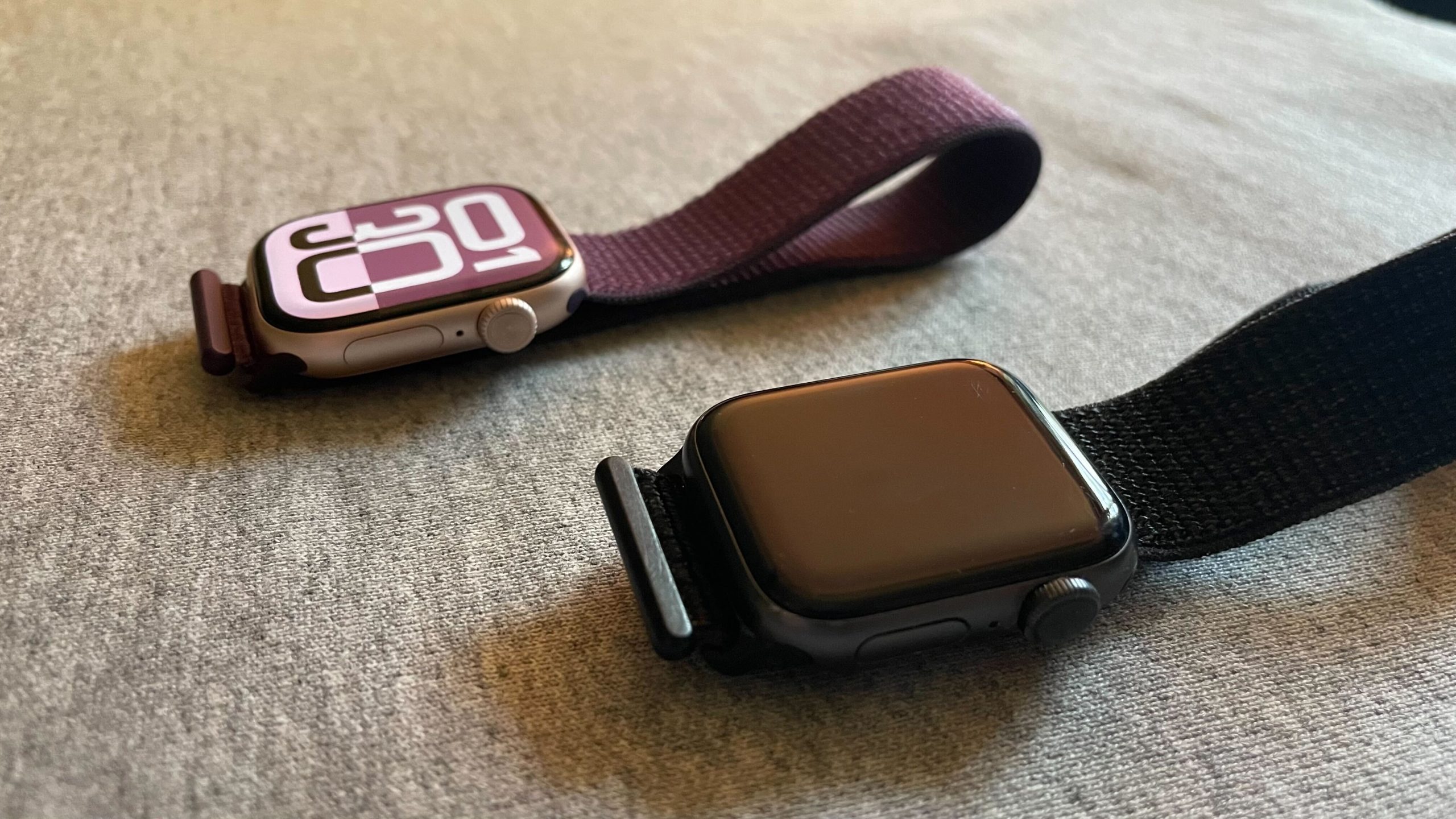In 2023, I decided to update my Apple Watch after consistently failing to wear my Series 4 for a number of years. I sold that one on Poshmark and began looking at newer models to find one with enough features to convince me to actually wear it. I opted to get a Series 8, although the Series 9 had just been released, as I was buying two: one for my mom and one for myself. As it turns out, that was a great decision.
If you’re searching for a new wearable or considering upgrading yours, you might also be wondering which of the older Apple Watch models is still useful today. My Series 8 is holding up beautifully three years after it was introduced, so I’m a big proponent of using older devices as long as possible. But not all Apple Watches will work as well as the Series 8 does in 2025.
Don’t buy a watch Apple doesn’t support anymore
We have to draw the line somewhere: Seven of Apple’s watches are no longer supported, meaning they won’t receive any software or security updates anymore. In addition, you run the risk that the watch will no longer be compatible with your iPhone or certain apps. In short, you shouldn’t buy a watch that Apple doesn’t support. That includes the following:
-
Apple Watch Series 0
-
Apple Watch Series 1
-
Apple Watch Series 2
-
Apple Watch Series 3
-
Apple Watch Series 4
-
Apple Watch Series 5
-
Apple Watch SE (first-gen)
While the company does currently support the Series 6, it is next in line to join this list. It’s not clear when that will happen, but you can be sure it will. We’ll see next week—when Apple reveals watchOS 26—whether the watch will be supported another year. If not, it’ll be stuck on watchOS 11 for good.
Performance and other generational Watch improvements
There are considerations for older Apple Watch models that extend beyond their ability to simply run the latest operating system. With each generation, improvements are made in some form or another. For instance, the Series 4 introduced the ECG sensor, while the Series 6 introduced the blood oxygen sensor (though Apple had to disable the feature for the Series 9 and Ultra 2 in the U.S. due to a lawsuit). The Series 7 charges faster than its predecessors, and Apple has included fast charging on most watch models since (sorry, Apple Watch SE users).
In general, each Apple Watch is faster than the last. Apple tends to put its newest S-Chip—the Apple Watch’s processor—in its latest watch series. Simply put, a newer S-chip gives you a faster, more productive product. The Series 6 has an S6 chip, Series 7 has S7, and so on until you hit the Ultras. (The first-generation Ultra has an S8 chip like the Series 8, while the Ultra 2 has an S9 chip like the Series 9.)
While there are some core features all currently supported watches share—like workout and swim tracking, sleep tracking, Apple Pay, ECG scanning, and the ability to read and respond to messages—newer models also each have some of their own special advancements and upgrades. Here’s a brief list:
-
The Series 7 introduced faster charging, a larger display, and more durable screen.
-
The Series 8 brought temperature sensing, crash detection, and a low-power mode for conserving battery (as did the second-gen Apple Watch SE).
-
The Series 9 debuted new gesture controls, on-device Siri access, more precise location tracking in Find My, and a display with double the brightness of the Series 8.
-
The first-gen Apple Watch Ultra introduced a more durable titanium casing, custom shortcuts to apps and modes via the Action button, a depth gauge and water temperature sensor, more accurate GPS, a 36-hour battery life, and an emergency siren.
-
The Apple Watch Ultra 2 introduced a display with a maximum brightness of 3,000 nits and on-device media playback.
-
The Series 10 introduced the largest display available on a standard Apple Watch and faster charging.
If you see a feature you absolutely need in a particular watch model, you’ll have to spring for it. But if you just want something for core Apple Watch tasks, you can start to consider older options. Apple’s watch comparison site can be a helpful tool for identifying different features among models.
Battery degradation
All tech degrades to some extent and the Apple Watch is no different—particularly when it comes to the battery. While there are ways to mitigate the problem, over time, the lithium-ion battery powering your wrist computer won’t last as long as it used to. That might be a bigger issue than your watch’s ability to download and support a new operating system. Apple’s warranty doesn’t cover batteries that wear down from normal use, and charges $99 for the repair, which you could instead put towards the purchase of a new watch. There is one exception: Battery service is free if you have AppleCare+ and your watch’s battery holds less than 80% of its original capacity. You need to take your watch in to an Apple Store or service provider to have it tested.
Thoroughly consider which of the features on newer models are actually important to you before making any buying decision and, if you can, stay above a Series 7. The Series 6 is still functional, but, again, it’s a matter of time until the company stops acknowledging that one completely.
For now, I have been pleasantly surprised by how well my Series 8 has held up for two years. Its touchscreen has never faltered, the external buttons function perfectly, it syncs to all of my apps and devices with no problem, and it does exactly what I need it to do—which is to tell me how many steps I’m taking and how hard I’m exerting myself at the gym. If you’re in the market for a smart watch, I see no reason that an older version shouldn’t be considered, as long as it still runs the latest operating system. You can save a chunk of change by sourcing an older model from the resale or refurbished markets and put that money away for when Apple drops something super revolutionary in the wearable space.
Apple doesn’t sell anything below a Series 10 or SE directly anymore, so if you want a 6, 7, 8, or 9, you’ll have to check the resale and refurbished markets. You’ll definitely save some money that way (a new Series 10 starts at $399, though it can be found on sale, and the refurbished Series 8 I got is selling right now for $219).
The Download
Never miss a tech story

Jake Peterson
Get the latest tech news, reviews, and advice from Jake and the team.
The Download
Never miss a tech story. Get the latest tech news, reviews, and advice from Jake and the team.
























